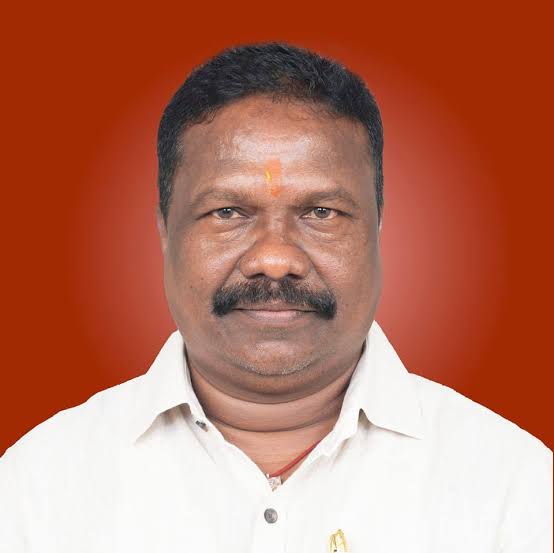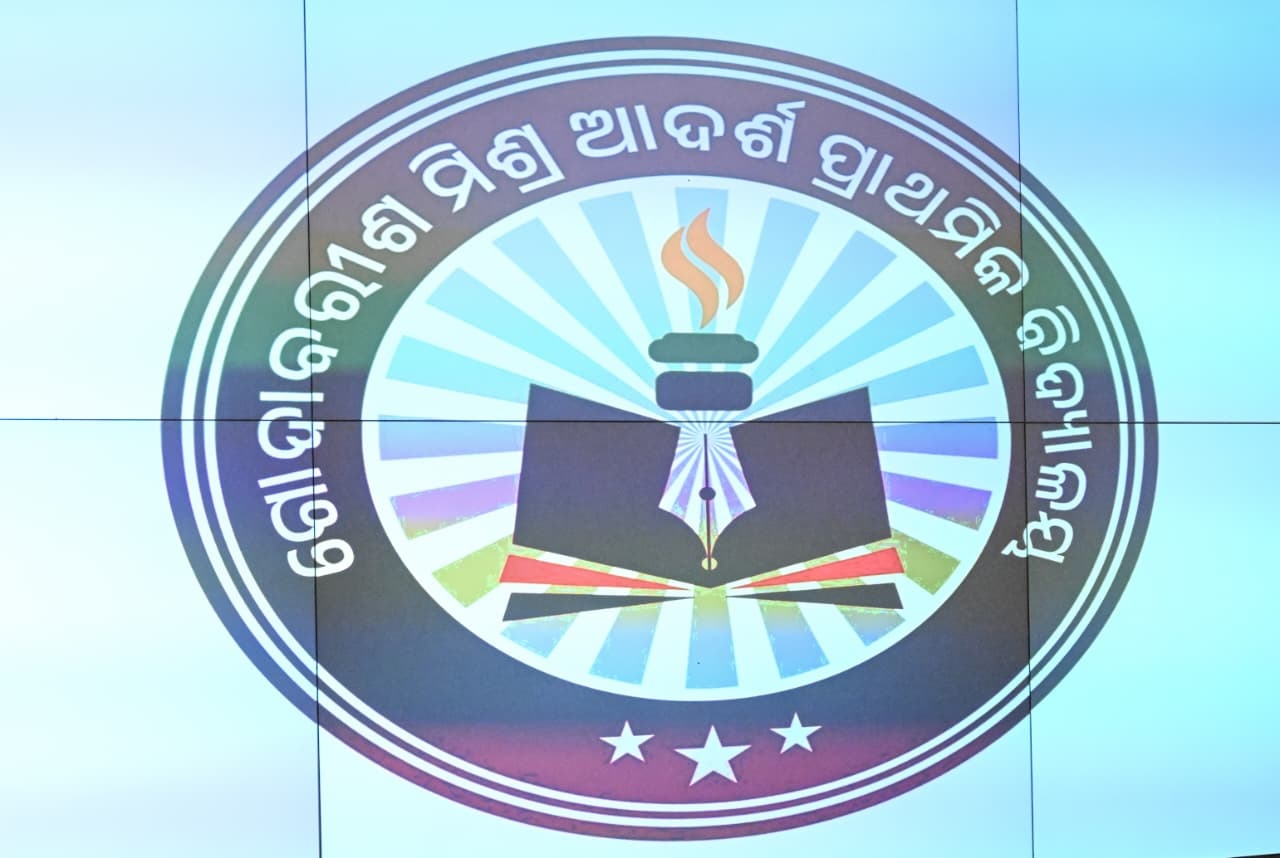Odisha to Distribute 50,000 Housing Work Orders on PM Modi’s Birthday

Antyodaya Gruha Yojana to prioritise vulnerable groups; 35 lakh applicants await PMGAY rollout in November
Bhubaneswar : Odisha’s rural housing mission is set to gain momentum this month as the state government prepares to distribute 50,000 housing work orders under the Antyodaya Gruha Yojana on September 17, coinciding with Prime Minister Narendra Modi’s birthday. Panchayati Raj and Rural Development Minister Rabi Narayan Naik made the announcement on Thursday, highlighting the government’s focus on ensuring shelter for the most vulnerable sections of society.
Focus on Marginalised Communities
The Antyodaya Gruha Yojana, which already covers one lakh beneficiaries, is designed to extend housing support beyond general categories to groups often left behind. Naik said the upcoming distribution would prioritise differently-abled individuals, widows, persons suffering from chronic illnesses, families of martyrs, and Padma Shri awardees.
“This initiative is not just about building houses; it is about restoring dignity and security to people who have contributed to society or who face unique hardships,” Naik explained. Officials added that the inclusion of such groups demonstrates a broader interpretation of housing as a tool for social justice, not just infrastructure.
PMGAY to Begin in November
Beyond Antyodaya, the state is also gearing up for a much larger housing rollout under the Pradhan Mantri Gramin Awas Yojana (PMGAY). Nearly 35 lakh people applied during the recently concluded PM Awas survey in Odisha, reflecting the high demand for secure rural housing.
Naik confirmed that the process of distributing houses under PMGAY will formally begin in November. Work orders will be issued in phases to ensure that deserving families across the state receive homes in a time-bound manner. “Our goal is to ensure that no eligible family is left without a roof over their head,” the minister said.
The timing of the Antyodaya housing work orders on September 17 carries symbolic weight. By aligning the announcement with Prime Minister Modi’s birthday, the government appears to be positioning the initiative within a larger national narrative of welfare and development.
Observers note that the scheme could serve dual purposes: addressing a long-standing rural housing gap and signalling Odisha’s alignment with central schemes at a time when public expectations around welfare delivery are particularly high.
Bridging the Housing Deficit
Housing continues to be a pressing issue in Odisha, where a large section of the rural population still resides in kutcha or semi-permanent structures vulnerable to cyclones, floods, and other natural calamities. For families who face additional disadvantages — disability, widowhood, illness, or displacement due to conflict — the absence of secure housing often translates into deeper economic and social vulnerabilities.
By targeting these groups under Antyodaya Gruha Yojana, the government aims to bridge not only the housing deficit but also broader gaps in equity. Officials said the scheme is expected to serve as a safety net that shields vulnerable families from the risks of homelessness and social exclusion.
Administrative Push and Infrastructure Needs
The rollout of such a large-scale housing program will require substantial administrative coordination. Officials from the Panchayati Raj and Rural Development Department are already preparing to streamline beneficiary lists, verify applications, and ensure that funds are disbursed on time.
Naik also hinted that future efforts would include strengthening the monitoring mechanism to prevent leakages and delays. “Every house that is sanctioned should reach the beneficiary in reality, not just on paper,” he stressed.
With 50,000 housing work orders under Antyodaya set for mid-September and PMGAY slated to begin in November, Odisha appears to be heading into a period of accelerated rural housing development. For millions of families still waiting for permanent homes, the announcements bring a glimmer of hope that promises may soon translate into tangible change.
For the state, however, the real test will lie in execution — ensuring that houses are built on time, that quality is maintained, and that the schemes truly reach those most in need.









